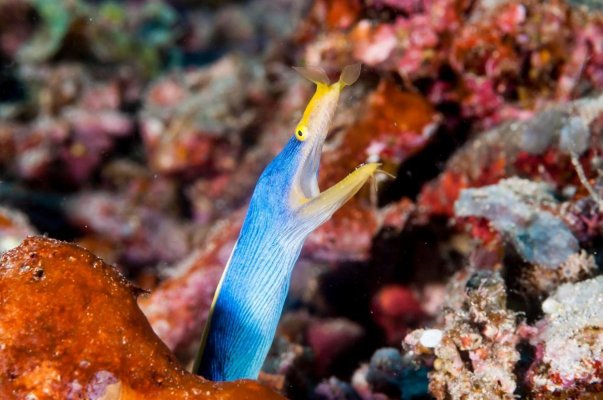From what I know and read, various species of cyanobacteria can utilize dissolved organic nitrogen when dissolved inorganic nitrogen is low or absent. This may be one reason why cyano blooms occur in established tanks that zero out in NO3. FW planted tanks that reguraly dose KNO3 usually don't have issues with cyano.It’s 2021 nearly 2022 and yet I’m still unable to find a definitive answer on what causes a Cyanobacteria many answers on the web include….
Low flow
Low nitrate
High phosphate
Low phosphate
High dissolved organics
Redfield ratio
Carbon dosing
Detritus
Introduced from another system
Lack of bio diversity
Over feeding coral foods/aminos
Low oxygen
And the list goes on and on
surely there is an exact cause which attributes towards a cyano bloom feel free to chime in……
reef keeping has become so advanced but yet the same old info above is battered back and forth
With newly set up SW and FW water tanks, cyano is one of the faster growing pioneer species when it comes to competition for substrate. NH4 may play an important part.
IMO and IME
Tom















